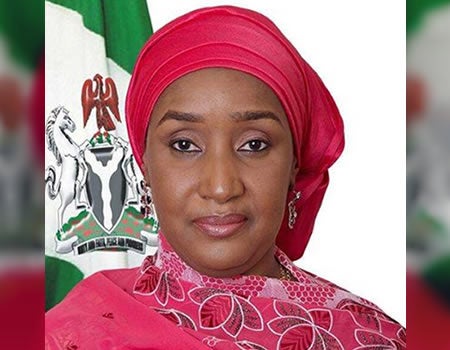There are currently 34 States and the FCT on the program.
States indicate their interest in benefitting from the program through the signing of an MOU, which details responsibility of the States and the FG.
Through the MOU , the States are responsible for the implementation of the program while the FG provides funding.
The program targets public school children in primary 1-3 and provides 1 free meal a day for the duration of the school term on school days at 70naira/ child/ day Each school term lasts approximately 3 months.
The program commenced in 2016 as one of the Social Investments under HE President Muhammadu Buhari, overseen by the office of the Vp.
During that time, it is reported that upto 9 million children were beneficiaries of the intervention. There are also less visible beneficiaries such as the cooks who prepare and serve the food and the smallholder farmers who provide the food items.
In order to institutionalize these legacies, Mr President Created a ministry for humanitarian affairs, disaster management and social development in August 2019, 3 years after the programs started.
The School feeding program and the other SiPs were moved to the Ministry and have carried on without changes due to the fact that institutionalization takes time for the right structures to be put in place and also to avoid disruption to the pupils. Plans had been developed to carry out massive enumeration of beneficiaries, facilitate legal frameworks and deploy extensive monitoring systems during the Holidays.
Unfortunately, covid-19 struck the world and Nigeria made efforts to modify its available social protection apparatus to respond to the glaring humanitarian crisis facing the country, especially on food security.
Mr president directed the Ministry of Humanitarian Affairs to liaise with State Governments and come out with modalities to continue the school feeding program even by jough schools were shut down.
Discussions were held through the Nigerian Governors Forum and plans were discussed and it was agreed that take home rations would be provided to the beneficiaries of the program using the existing Structures of the program based on the urgency of the situation at the time.
It was agreed that State Governments would use their available resources such as school registers, sbmcs and subebs to identify the household of the children in the communities where the school feeding already exists. This is as Nigeria grapples with the paucity of detailed data on its citizens.
It is worthy to note that not all schools in each state participate in the program. Since State Governments are responsible for the expansion of the program to all the public primary schools.
The plan also identified that a typical household in Nigeria has 5.6-6 members in its household, with 3-4 being dependent and so each household was assumed to have 3 children. The data used is what was transferred with the school feeding program to the Ministry and is reported from validation exercises from NBS.
The cost of food rations is 4,200 and contains items that were assessed not just for sustenance but also for their nutritional value to children- rice for carbohydrates, beans and eggs for protein, salt for iodine palm oil and tomato paste for vitamins.
Knowing this was a novel solution in Nigeria although a fairly common practice in other countries, the 3 most affected states at the time , Lagos, FCT and Ogun were selected as pilots for the program so that lessons would be learnt.
The role of the FG was to fund and to monitor while the States Implement. The data of the beneficiaries was also collected as part of the monitoring process to begin to formulate a database for the Ministry.
So far only these 3 states have been concluded
With beneficiary breakdown as follows;
FCT – 29,609 households
Lagos – 37,589 households
Ogun – 60,391 households








